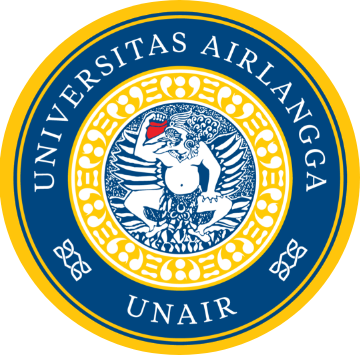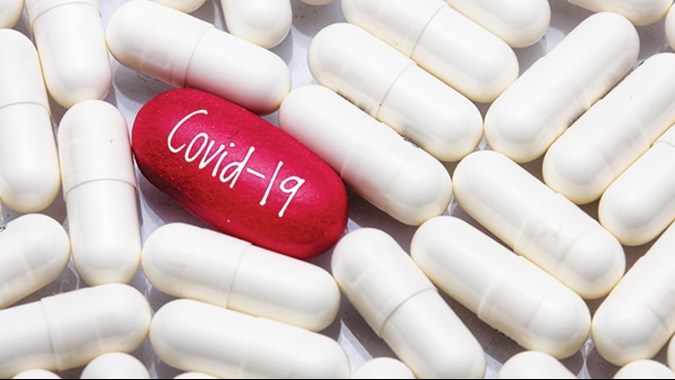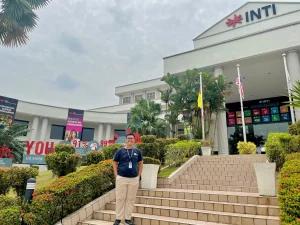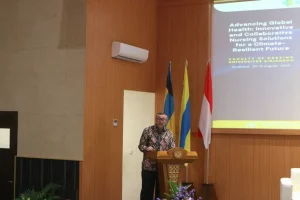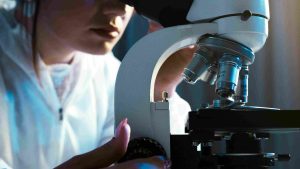For the past decade, several countries were facing three epidemics caused by coronavirus, namely Severe Acute Respiratory Syndrome Coronavirus 2 (SARS-CoV; 2003), Middle East Respiratory Syndrome coronavirus (MERS-CoV; 2012), and Covid-19 (SARS-CoV-2; 2019). The latest type of coronavirus, namely SARS-CoV-2, was first discovered at the end of 2019 in Wuhan, the capital of Hubei Province. Per June 14, 2022, 533 million cases have been confirmed with the death rate reaching more than 6.3 million, while vaccine recipients reached 11.8 million (data collected from WHO). Though SARS-CoV-2 belongs to the Betacoronavirus genus, like SARS-CoV and MERS-CoV, this new virus appears to cause a milder infection. In terms of transmission, SARS and MERS are generally spread through nosocomial infections, while SARS-CoV-2 is much more common through community transmission. As the result, SARS-CoV-2 spreads faster than its two predecessors, and to date, WHO still declares the SARS-CoV-2 pandemic a global emergency.
Currently, selective and effective drugs for SARS-CoV-2 have been discovered, however, it needs advanced development for better and fast eradication. For this reason, several studies have explored the SARS-CoV-2 genome that encodes proteins in the virus, namely non-structural proteins (NSPs) 16 and structural proteins 4. Chymotrypsin-like protease (3CL protease) is one of the NSPs thought to play an important role in viral replication. The 3CL protease is known to be divided into 11 regions in the central and C-terminal polyproteins. RNA-dependent RNA polymerase (RdRp) is also known to be responsible for the Covid-19 replication and transcription cycle through its role in catalyzing Covid-19 viral RNA synthesis. Hence, the drug development can target these two proteins with potential anti-Covid-19 properties. Furthermore, it was found that the spike (S) glycoprotein, which is one of the structural proteins in SARS-CoV-2, has a function as a major inducer of the host immune response. This S protein mediates the invasion of SARS-CoV-2 on host cells by binding to a receptor protein called angiotensin-converting enzyme 2 (ACE2) located on the surface of the host cell membrane. Thus, the interaction of the compound with this protein on SARS-CoV-2 could lead to potential inhibitory activity on key SARS-CoV-2 proteins and discover the broad-spectrum anti-SARS-CoV-2.
Therefore, exploring the virus compound that can inhibit one or more of the three SARS-CoV-2 proteins (3CL protease, RdRp, and spike glycoprotein) is necessary to obtain potential compounds to overcome SARS-CoV-2. Besides, the study also seeks to identify compounds that have lower binding energies than remdesivir, chloroquine, or hydroxychloroquine in these three proteins. This approach is important to predict the inhibitory activity of each compound on key SARS-CoV-2 proteins to obtain potential drug candidates to be developed as anti-COVID-19.
In this study, we investigated and screened for 401 antiviral compounds that could inhibit one or more of the three protein targets in SARS-CoV-2 chymotrypsin-like (3C-like protease, RNA-dependent RNA polymerase, and spike glycoprotein) using the in-silico approach. Lipinski’s rule of five was used as an initial screening for relevant compounds. Ligand preparation was conducted using JChem software and Schrödinger’s LigPrep module, while protein elucidation was conducted using AutoDockTools-1.5.6. Molecular docking was analyzed using AutoDockVina. The result revealed that five antiviral compounds were obtained from each SARS-CoV-2 protein with ideal and potential binding energy as a candidate for target protein inhibition on SARS-CoV-2, TAK-981, lopinavir, mefloquine, and sitagliptin were potent inhibitors of 3CL protease; imatinib, relacatib, AZD7986, imatinib, and TAK-981 proteins showed potential as inhibitors of RdRp tetrandrine, and, selinexor, imatinib, lopinavir, and ciclesonide, showed potential as inhibitors of glycoprotein AZD7986. These compounds have better binding energy than the three comparator drugs, remdesivir, chloroquine, and hydroxychloroquine. Some compounds with ideal binding energies to SARS-CoV-2 proteins were expected to show better potential in paving the way for accelerating the development of Covid-19 drugs.
Author: Junaidi Khotib
Page: https://benthamscience.com/journals/letters-in-drug-design-and-discovery/volume/19/issue/5/
Title: Molecular Docking Studies for Protein-Targeted Drug Development in
SARS-CoV-2
Authors: Ahmad Dzulfikri Nurhan, Maria Apriliani Gani, Saipul Maulana, Siswandono Siswodihardjo, Chrismawan Ardianto, and Junaidi Khotib

